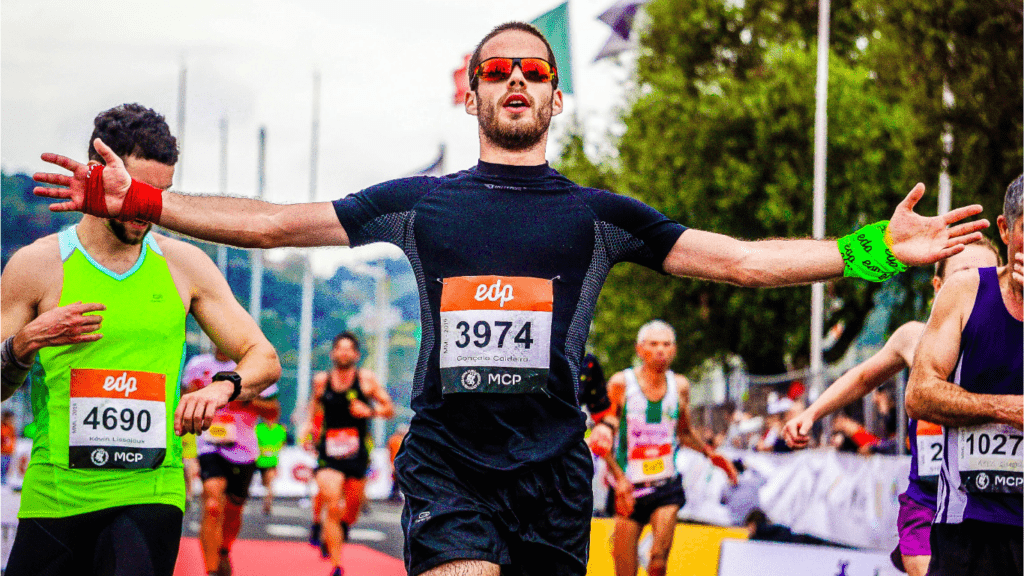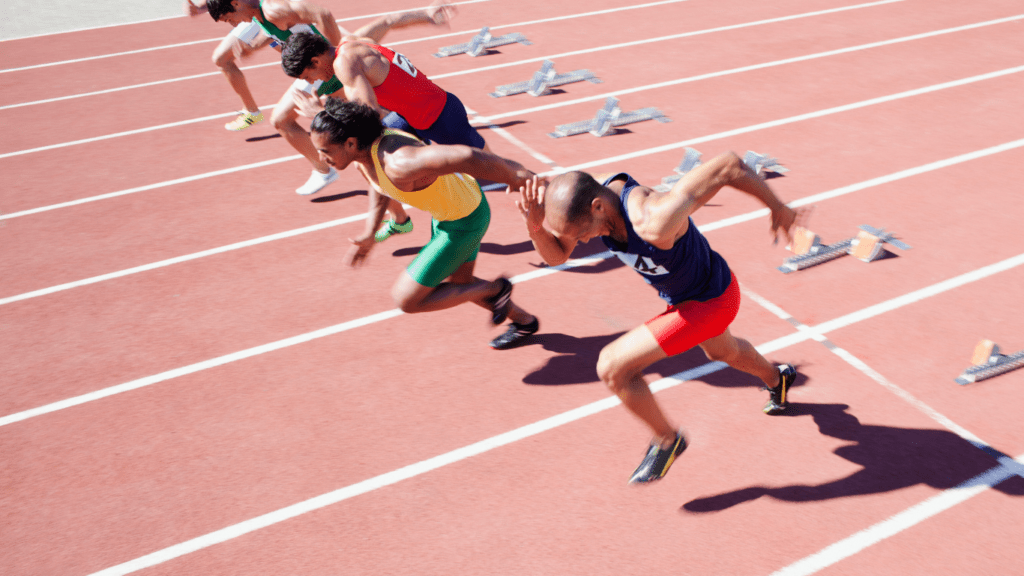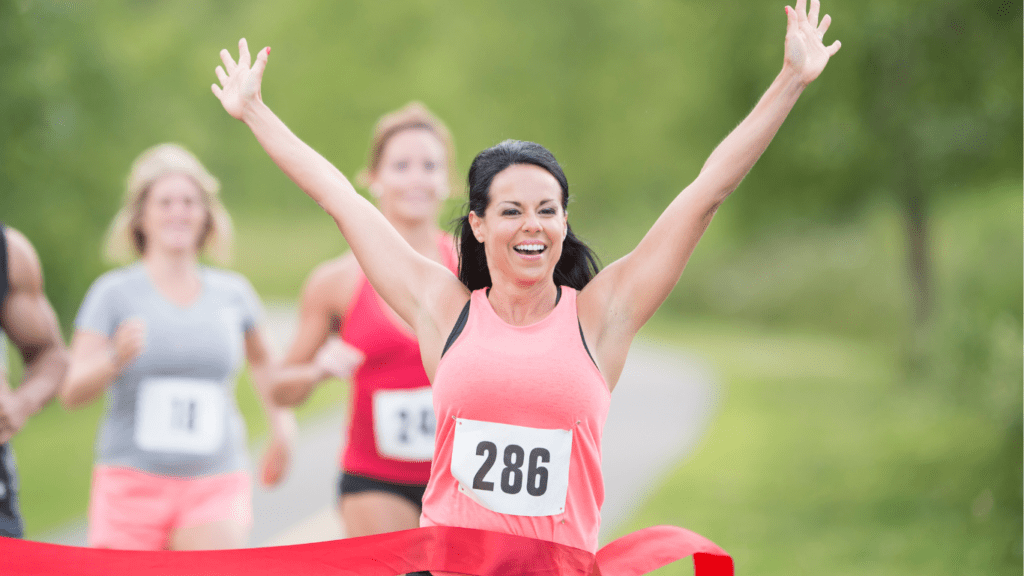I’ve always believed that running isn’t just about speed or endurance—it’s about efficiency. Whether you’re training for a marathon or enjoying long weekend runs, your form plays a critical role in how far and how comfortably you can go. Poor mechanics can lead to wasted energy, slower times, and even injuries that sideline your progress.
Importance Of Proper Running Form
Proper running form enhances efficiency, reduces injury risks, and improves overall performance. Energy transfers more effectively when movements align with natural biomechanics, minimizing fatigue over long distances. Poor alignment, like an uneven gait or excessive arm swing, wastes energy and increases strain on joints.
Good posture stabilizes the core and optimizes breathing. A tall stance, relaxed shoulders, and slight forward lean align the body, preventing unnecessary tension. Shorter, consistent strides reduce impact forces, easing strain on muscles and ligaments. For example, overshooting stride lengths often leads to heel striking, which increases shock absorption in the knees.
A fluid arm motion balances the body by counteracting lower-body movements. Arms bent at 90 degrees, swinging close to the torso, prevent unnecessary lateral movements that destabilize the runner. Maintaining a steady cadence, around 170-180 steps per minute for many runners, promotes smoother momentum while conserving energy.
Refining running mechanics supports not only immediate performance but also long-term durability.
Analyzing Running Mechanics
Refining running mechanics ensures long-term efficiency and reduces injury risks. This process begins by addressing common flaws and pinpointing personal weaknesses.
Common Flaws In Long-Distance Running
- Certain mechanical errors frequently hinder runners’ efficiency.
- Overstriding, where the foot lands too far forward, increases braking forces and impacts momentum.
- Heel striking typically accompanies overstriding, amplifying joint stress and energy loss.
- Poor posture, including hunching or leaning back, disrupts breathing and core stability.
- An uneven arm swing, either crossing the body or moving rigidly, wastes energy and affects balance.
- Low cadence, typically under 160 steps per minute, often correlates with higher impact forces and a slower pace.
- Identifying these patterns provides a clear starting point for improvement.
Identifying Personal Weaknesses
Analyzing your form during a run reveals specific areas for improvement. Using video analysis, either recorded or live, highlights issues like stride imbalance, hip drop, or excessive vertical oscillation. Observing wear patterns on shoes can indicate problems such as overpronation or uneven weight distribution. Monitoring fatigue points during long runs also pinpoints weaknesses; for example, tight shoulders suggest poor upper body form, while early quads fatigue may indicate weak posterior chain engagement. By focusing on observed deficiencies, you can implement targeted corrections for increased efficiency and reduced strain.
Techniques To Refine Your Running Form

Refining running form requires focus on:
- posture
- movement efficiency
- breathing
Small, intentional adjustments can improve performance and reduce injury risks over long distances.
The Role Of Posture And Alignment
Maintaining a tall, aligned posture optimizes energy use. A slight forward lean at the ankles—not the waist—encourages momentum. Relaxing the shoulders prevents stiffness and facilitates better arm motion. Engaging the core stabilizes the torso, minimizing unnecessary movements. I avoid slouching during runs, as it can reduce lung capacity and disrupt cadence. Focusing on keeping my head upright and gaze forward ensures a stable and efficient running position.
Proper Arm And Leg Movements
Efficient arm and leg movements contribute to smooth momentum. I keep my arms bent at a 90-degree angle, swinging them straight forward and back without crossing over my midline. Excessive movement wastes energy. Short, consistent strides minimize ground contact time and reduce impact forces. I position my feet to land under my body rather than in front, which avoids overstriding and reduces stress on my knees. Combining a cadence of 170-180 steps per minute with proper form promotes efficiency.
Breathing Techniques For Long-Distance Runs
Breathing rhythm affects endurance and relaxation during long runs. Using diaphragmatic breathing, drawing air into the stomach rather than the chest, maximizes oxygen intake. I synchronize my breaths with my stride, often practicing a 3:2 pattern (inhale over three steps, exhale over two). This keeps my breathing even and steady. Breathing through both my nose and mouth ensures consistent oxygen delivery and prevents strain. Monitoring breath pace helps me maintain control, especially on challenging sections.
Tools And Tips For Improvement
Refining running mechanics requires consistent evaluation and targeted strategies. Leveraging technology and incorporating complementary training methods can significantly enhance efficiency.
Tracking Progress With Technology
I monitor my form and performance metrics using tools like GPS watches, heart rate monitors, and running apps. Devices such as Garmin or Polar track cadence, stride length, and ground contact time, offering real-time insights for adjustments. Video analysis, whether recorded during runs or using slow-motion features, highlights inefficiencies like overstriding or uneven gait. Apps such as RunScribe or MyRunPod provide data to assess biomechanical consistency and identify areas for refinement. Regularly reviewing these metrics ensures measurable progress over time.
Incorporating Strength And Flexibility Training
Adding strength and flexibility exercises improves running biomechanics and durability. I prioritize core strengthening routines such as planks or bridges to enhance stability and posture. Targeted lower-body workouts like squats and lunges build the muscles required for better push-off and shock absorption. Flexibility exercises like dynamic stretches or yoga sessions optimize range of motion, reducing stiffness in key areas like hips, hamstrings, and calves. Regularly integrating these exercises complements running mechanics and prevents injuries caused by muscle imbalances.



 Lead Training Analyst
Lead Training Analyst
